“To gain the initiative, we must occupy Dien Bien Phu.” With that ambition, the French colonialists decided to build Dien Bien Phu into “the strongest stronghold in Indochina” - an impregnable fortress, in order to crush the fighting will of our army and people.
 A1 Hill Base (model on display at the Dien Bien Phu Historical Victory Museum).
A1 Hill Base (model on display at the Dien Bien Phu Historical Victory Museum).
Dien Bien Phu is a large valley in the west of the Northwest mountainous region. According to the assessment of many French military experts, Dien Bien Phu "is an important strategic position not only for the Indochina battlefield, but also for Southeast Asia - a traffic axis connecting the border areas of Laos, Thailand, Burma and China". It is "a key to protecting Upper Laos", a "turntable" that can rotate in four directions: Vietnam, Laos, Burma, China. Dien Bien Phu is also the largest, most populous and richest field in the Northwest. "The rice of this region can feed from 20,000 to 25,000 people for many months". From Dien Bien Phu, the French army "can protect Laos, then from there recapture the lost areas in the Northwest in 1952-1953 and create favorable conditions to destroy the enemy's main divisions if they come there".
Knowing the important position of Dien Bien Phu, on November 20, 1953, Navarre, Commander-in-Chief of the French expeditionary forces in Indochina (since May 1953) decided to launch the parachute operation to occupy Dien Bien Phu. After dropping 6 mobile battalions along with a large amount of ammunition, food and war equipment into Dien Bien Phu, the French army immediately began to build the battlefield structure and conduct offensive operations to open a road traffic route connecting Dien Bien Phu with Lai Chau and Luang Prabang (Laos).
On November 25, 1953, the French Command received a report from the Second Bureau about the 308th, 312th and 315th Divisions advancing to the Northwest. Instead of organizing lightning raids to hold back our main force; Na-va believed that our main force at this time was still not capable of destroying strongholds like Na San and that occupying Dien Bien Phu and building a strong stronghold there was completely correct. If the enemy's main force dared to recklessly move up here, the French expeditionary force needed to counter-plan, turning Dien Bien Phu into a solid fortress, both a key and "a trap or a crusher, ready to crush the enemy's steel divisions, while at the same time, still protecting Laos", preventing major attacks by the enemy's main force into the "useful plain".
After inspecting the site (Dien Bien Phu - PV) and carefully reviewing intelligence information about the enemy's main attack directions in the Winter - Spring of 1953-1954, Na-va decided to accept fighting with us at Dien Bien Phu. In the directive (dated December 3, 1953) sent to Co-nhi, Commander of the Northern battlefield, Na-va assigned the task to the French Expeditionary Command in the North to protect Dien Bien Phu at all costs and send more forces to strengthen the defense, building Dien Bien Phu into an "impregnable fortress", a stronghold stronger than Na San. Specifically, it was necessary to parachute 3 more mobile battalions to fight, increasing the Dien Bien Phu defense force from 6 battalions to 9 infantry battalions and about 3 artillery battalions. As for the units stationed in Lai Chau, they could be maintained if conditions allowed, or could be withdrawn to reinforce Dien Bien Phu. On December 5, 1953, the paratroopers who landed in Dien Bien Phu were transformed into the Northwest Operational Group, abbreviated as GONO (Groupement Opérationnel du Nord Ouest). A few days later, Nava's directive to reinforce Dien Bien Phu with 3 more battalions was also implemented.
Before the day our army opened fire to attack Dien Bien Phu, this stronghold group had been reinforced with 17 infantry battalions, 3 artillery battalions, 1 engineer battalion, 1 tank company, 1 transport company with about 200 vehicles and a standing air force squadron with 14 vehicles. The total number of troops was 16,200. With a strong force, the enemy arranged a dense defense system of up to 49 strongholds, organized into 8 clusters, each cluster was a multi-layered firepower system, including: Gabriel (Indoc Lap hill), Beatrix (Him Lam); Anne Marie (strongholds in the Northwest of the airport such as Ban Keo, Cang Na...); Huyghet (stronghold cluster West of Muong Thanh airport, right bank of Nam Rom river); Clodin (Southern stronghold cluster of Muong Thanh Airport, right bank of Nam Rom River); Elian (Eastern stronghold cluster, left bank of Nam Rom River, De Castries Command Headquarters area); Dominic (Eastern stronghold cluster of airport, left bank of Nam Rom River); Idaben (Hong Cum).
These eight strongholds were organized into three large parts: The first part was a central position, consisting of five strongholds located right in the middle of Muong Thanh (Dien Bien Phu district). This was the most important part, with the direct task of protecting Muong Thanh Airport - the "heart" and "stomach" of the stronghold group. De Castries concentrated two-thirds of his forces here, including eight infantry battalions. The second part consisted of two strongholds located about 2-3km north and northeast of the central position, with the task of protecting the central position in the most dangerous directions and expanding the safe airspace over Muong Thanh Airport. The third part was located 7km to the south, including the I-da-ben stronghold cluster with a reserve airport and was organized into an artillery base to support the central position in defensive operations. In addition, the enemy also organized a strong reserve force of 3 infantry battalions and 1 tank company for mobile combat missions and was distributed between the central battlefield and the southern stronghold cluster (I-da-ben).
GONO's command bunkers were built quite solidly to withstand 120mm mortar shells. Each stronghold had winding trenches and communication trenches connecting the command bunkers, ammunition bunkers, and sleeping bunkers. The two sides of the communication trenches had frog-jaws to avoid artillery. The gun emplacements were all three meters thick, covered with iron plates. Each stronghold was surrounded by many layers of barbed wire fences, 50 - 75 meters thick. In important directions, the width of the barbed wire fences was from 100 to 200 meters. Mixed in with the fences and between the barbed wire fences were dense minefields... In addition, to increase the firepower of the stronghold, the enemy could mobilize local air forces or those from the plains to directly support Dien Bien Phu, or indirectly support by bombing our supply routes, warehouse systems, and rear forces. In addition, the Dien Bien Phu stronghold had nearly 50 large artillery pieces, arranged in two bases, Muong Thanh and Hong Cum. These artillery positions could provide firepower to support all bases in the Dien Bien Phu stronghold. In particular, the enemy also equipped soldiers with a number of new weapons such as flamethrowers, infrared guns for shooting at night without lights, and smoke-proof ammunition...
With a strong force, modern weapons and a solid fortification system, Dien Bien Phu became the "strongest stronghold group in Indochina". However, in the book "General Navarre and the Battle of Dien Bien Phu", author Jean Pouget admitted that: "Of course, no defensive position can have absolute value. No defensive position can stand if the enemy decides to capture it at all costs. The French Maginot Fortress and the German Siegfried Fortress were both breached in World War II; NATO's European Wall and the Great Wall of China could also collapse if war broke out".
And reality has proven that the "giant trap" of Dien Bien Phu has turned into a "graveyard" of expansionist and authoritarian ideology and a place where "colonialism rolled downhill and disintegrated"!
Article and photos: Khoi Nguyen
(The article uses materials from the book "Dien Bien Phu - a milestone of the era" - Information and Communication Publishing House).
Source




![[Photo] Visiting Cu Chi Tunnels - a heroic underground feat](https://vstatic.vietnam.vn/vietnam/resource/IMAGE/2025/4/8/06cb489403514b878768dd7262daba0b)





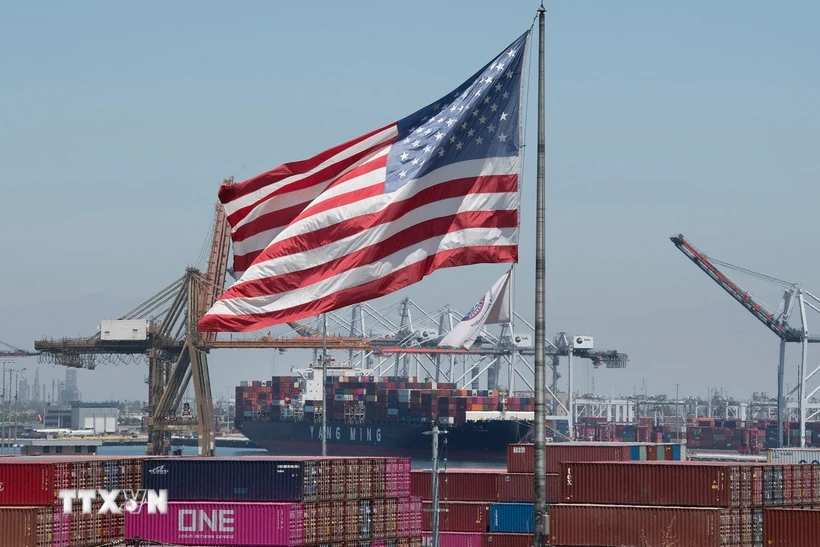


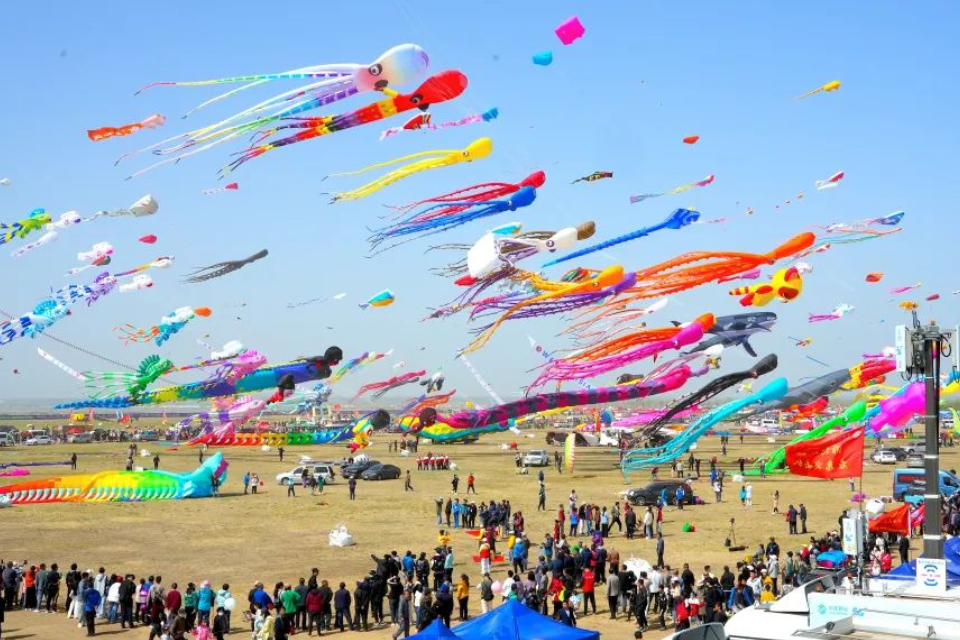

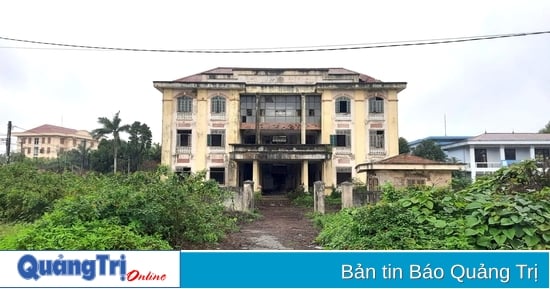
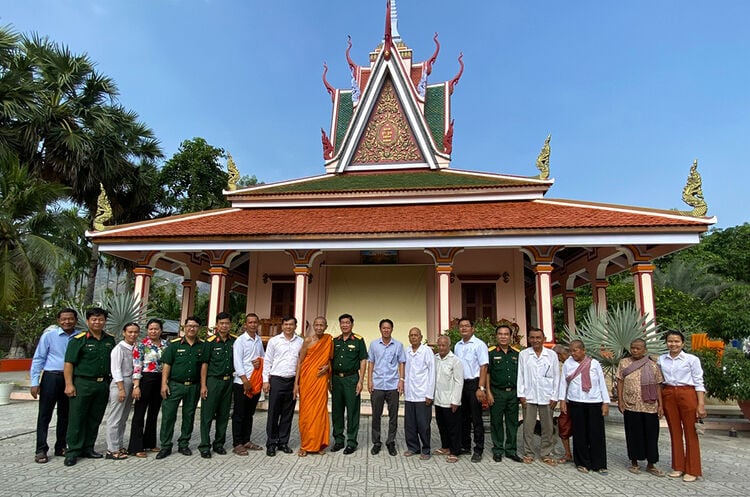



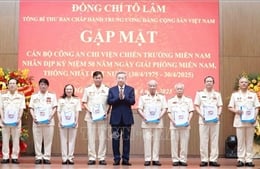


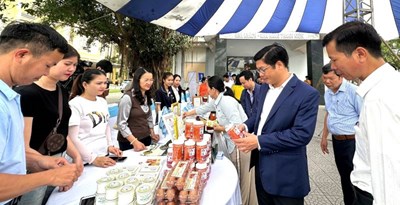
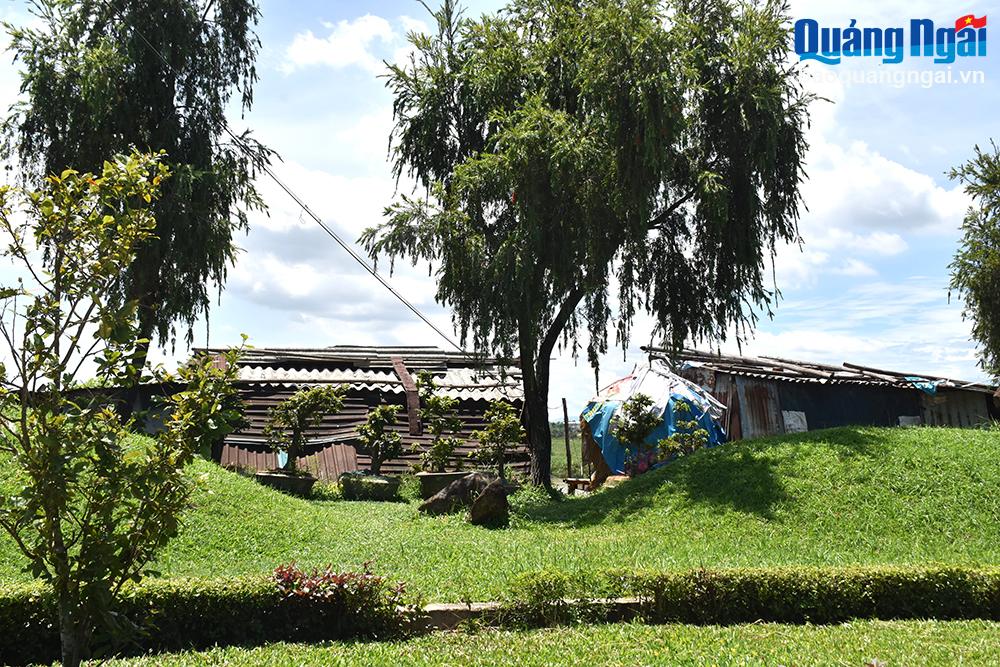
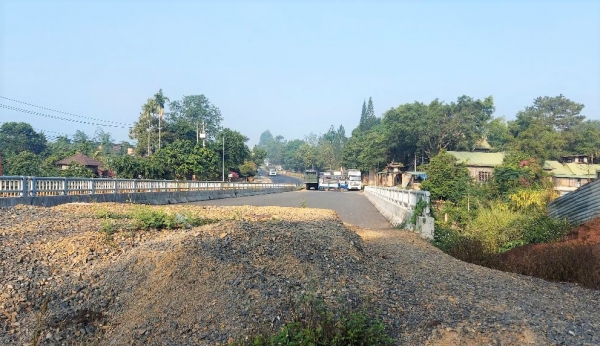
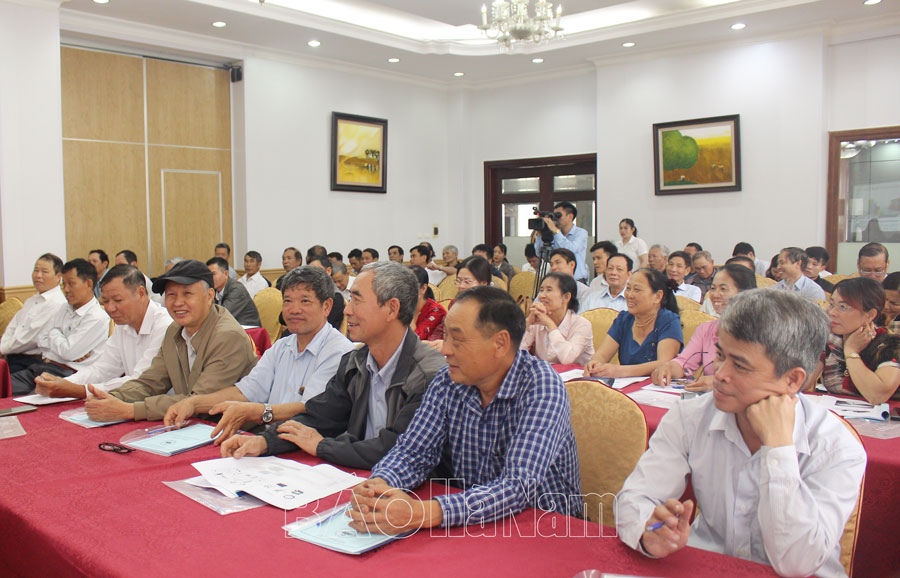
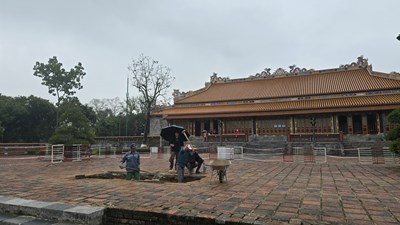

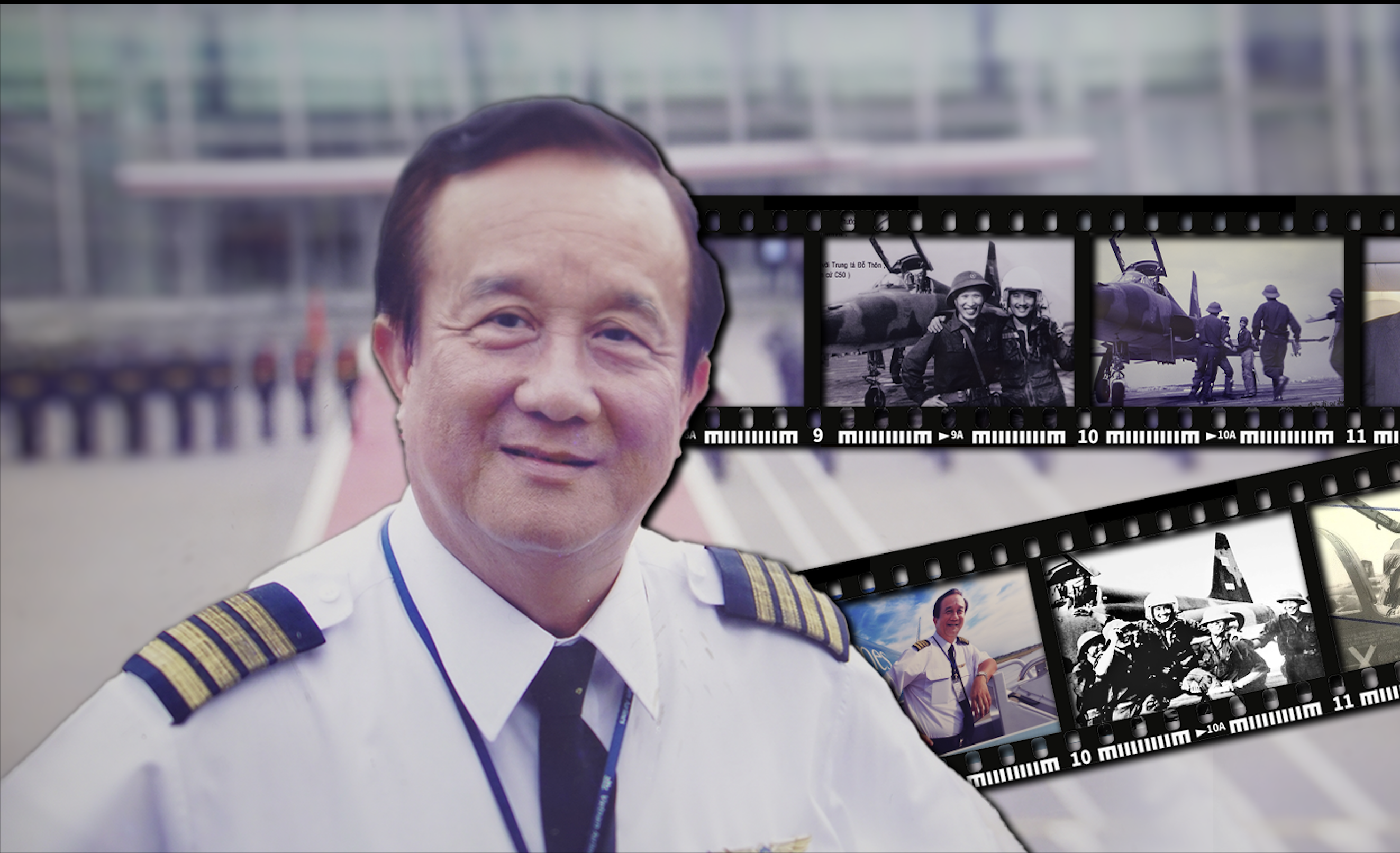





























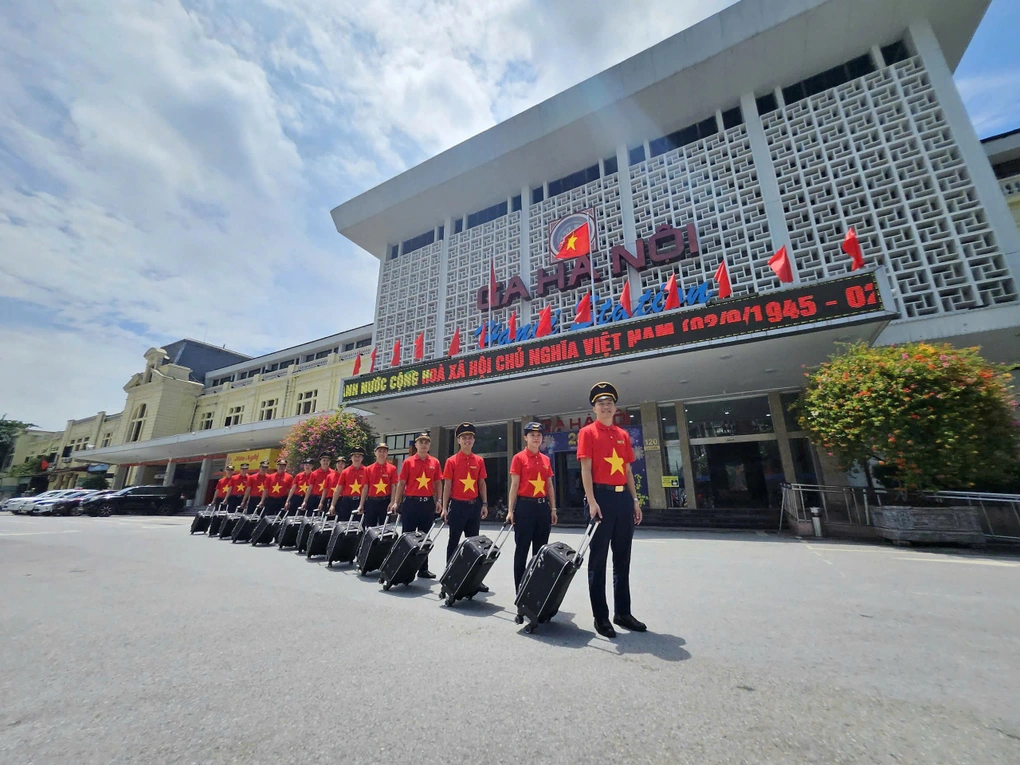
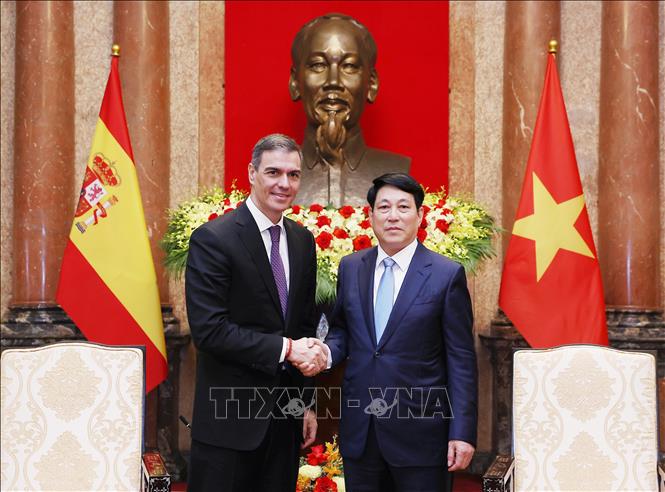
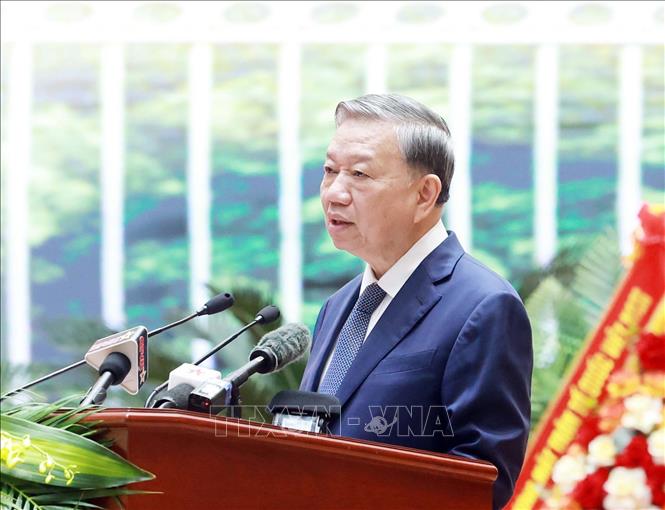

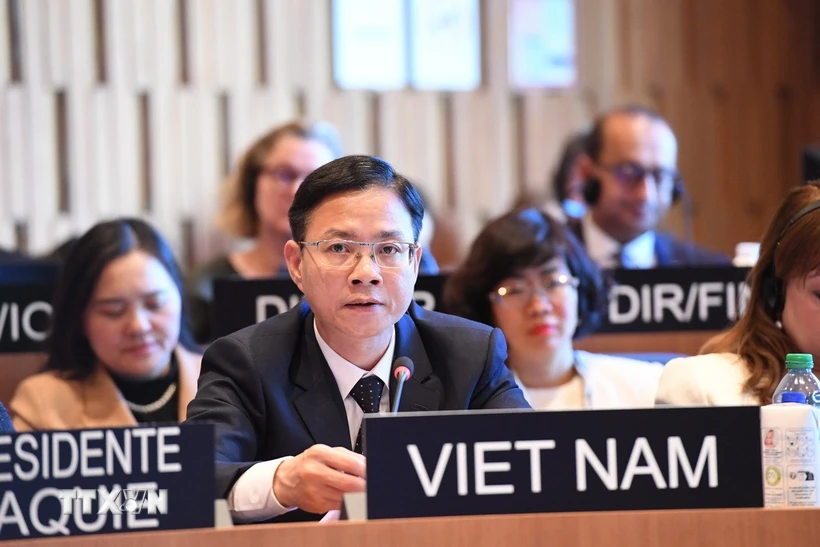
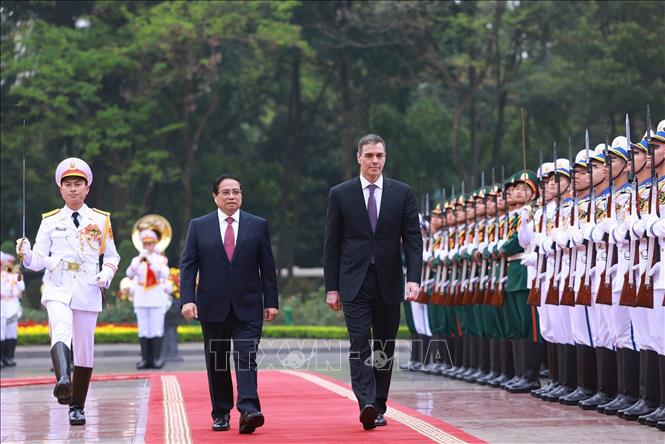


















Comment (0)